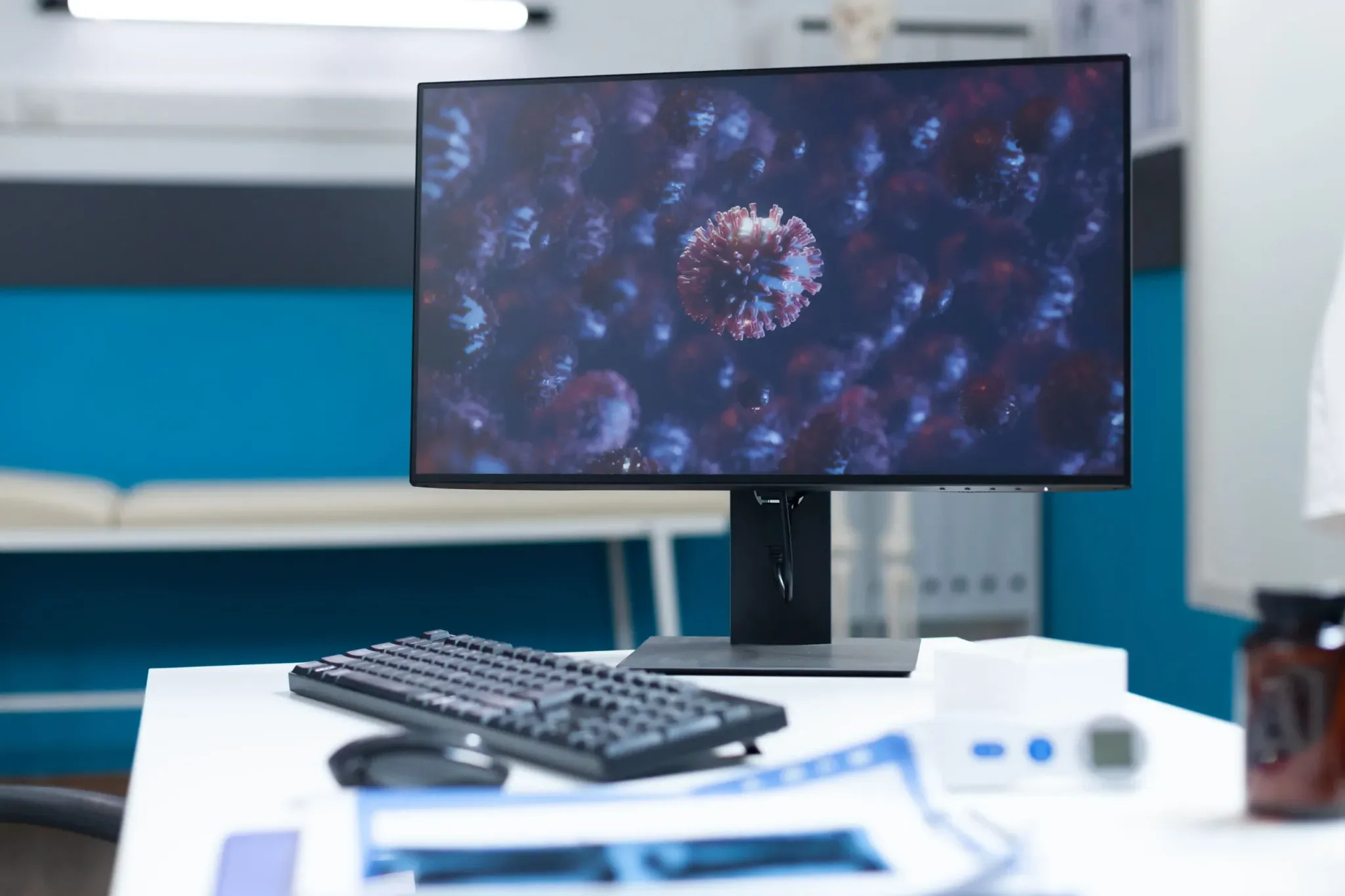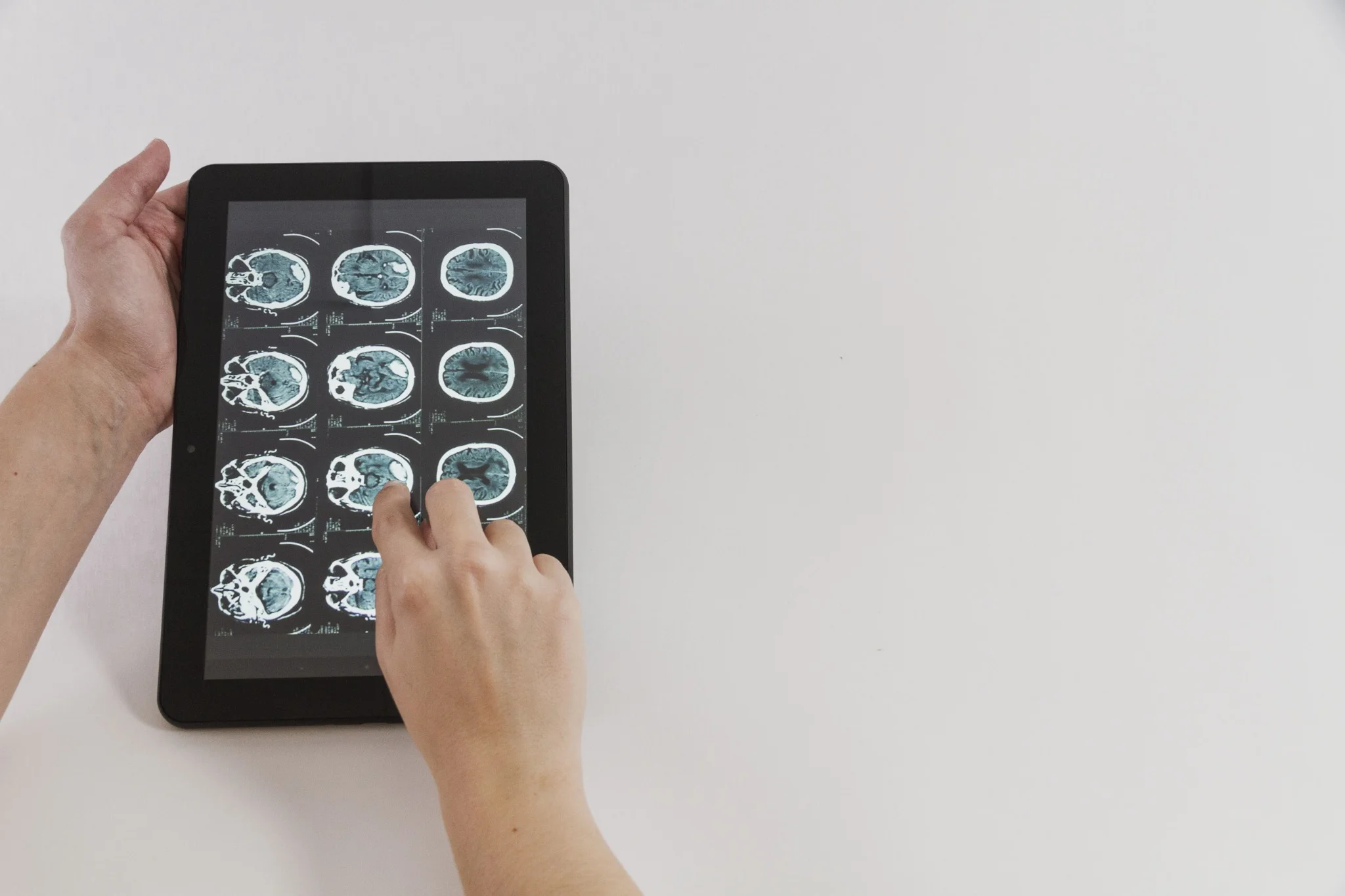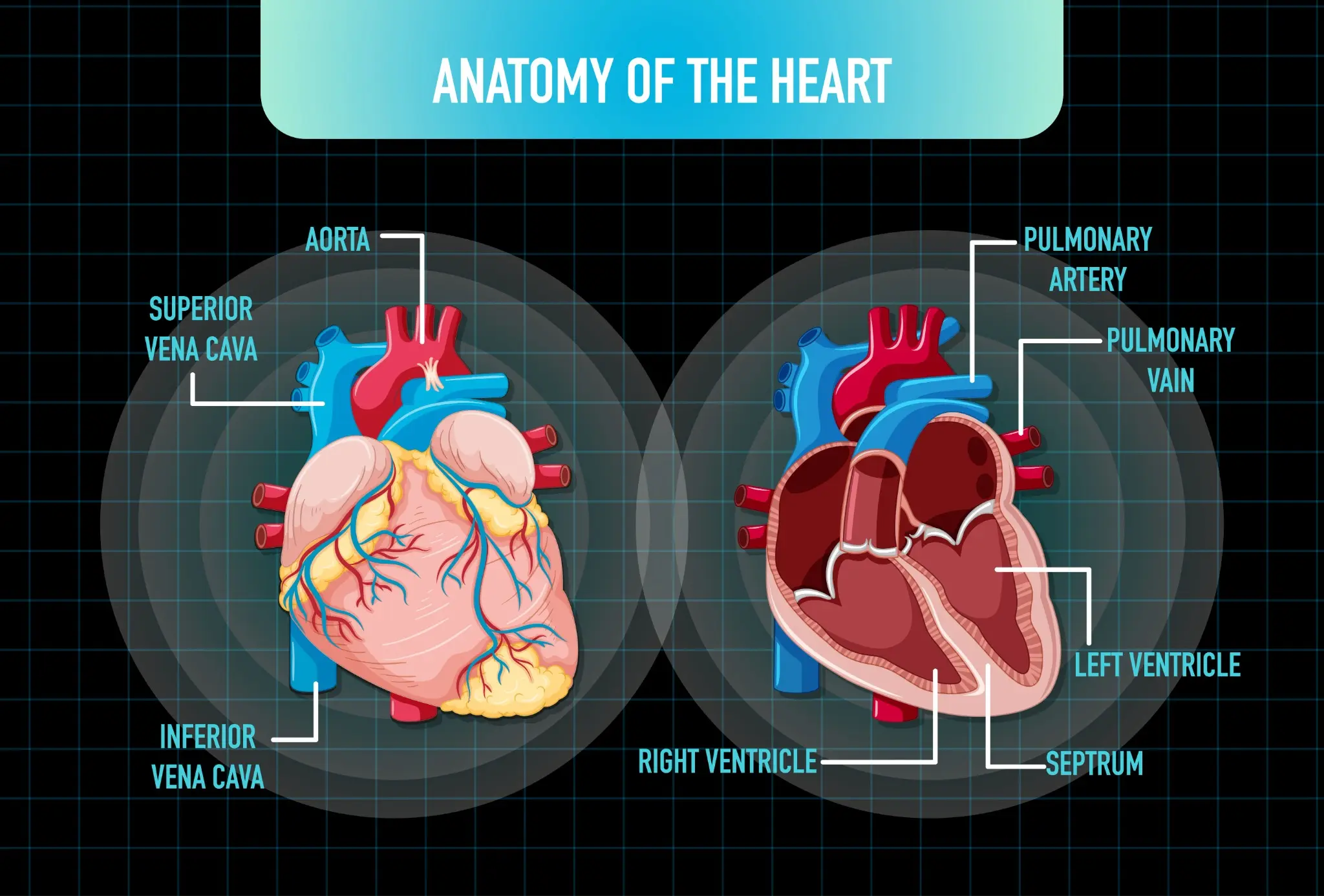3-Methyl Histidine Quantitative Serum Test
3 Methyl Histidine Quantitative Serum Test Overview
3-Methyl histidine is a byproduct of skeletal muscle breakdown and is present in the blood in trace amounts. Its levels reflect the rate of skeletal muscle protein breakdown in the body.
The 3 Methyl Histidine Quantitative serum test is a specialised diagnostic tool that measures the levels of 3-Methyl Histidine (3-MH) in the blood. 3-MH is a modified amino acid produced during the breakdown of actin and myosin, the primary contractile proteins found in skeletal muscles.
By quantifying the concentration of 3-MH in the serum, this test provides valuable insights into the rate of muscle protein breakdown and turnover.
The 3 Methyl Histidine Quantitative serum test is particularly useful in assessing muscle catabolism in various physiological and pathological conditions. It can help evaluate muscle injury, monitor the effects of intense physical exercise or strength training, and assess muscle wasting in chronic diseases such as cancer, chronic heart failure, or muscular disorders.
Moreover, this test can be used to study the metabolic changes associated with prolonged bed rest, inactivity, fasting states, or specific dietary patterns.
Reasons for Undergoing the 3 Methyl Histidine Quantitative Serum Test
There are several reasons why a healthcare provider may recommend the 3 Methyl Histidine Quantitative serum test:
- To assess muscle protein breakdown, particularly in conditions involving muscle injury, intense physical exercise, or strength training
- To monitor muscle catabolism in chronic diseases such as cancer, chronic heart failure, or muscular disorders
- To evaluate the effects of prolonged bed rest or inactivity on muscle tissue
- To study the metabolic changes associated with fasting states or specific dietary patterns
List of Parameters Considered During the 3 Methyl Histidine Quantitative Serum Test
The primary parameter measured in the 3 Methyl Histidine Quantitative serum test is:
- Concentration of 3-MH: This indicates the rate of skeletal muscle protein breakdown. Elevated levels suggest increased muscle catabolism, which can be due to various physiological or pathological conditions such as muscle injury, intense exercise, or chronic diseases.
3-Methyl Histidine Quantitative Serum Test Preparation
Proper preparation is essential for accurate results in 3 Methyl Histidine Quantitative serum test. The following steps should be followed:
- Fasting: Patients are typically required to fast overnight for at least 4 hours to minimise the influence of recent dietary intake on the test results.
- Specimen Collection: Blood is collected in a green top (sodium heparin) tube. The specimen should be placed on wet ice immediately and centrifuged to separate the plasma within 4 hours if not done immediately. The plasma is then aliquoted into a plastic vial and frozen.
- Avoidance of Certain Tubes: Thrombin-activated tubes should not be used for collection.
3-Methyl Histidine Quantitative Serum Test Results & Interpretation
The results of the 3 Methyl Histidine Quantitative serum test are interpreted based on the concentration of 3-MH in the serum:
- Normal Levels: The average concentration of 3-MH in human blood plasma is approximately 2.85 micromolar (μM) with a range of 0.0–5.9 μM.
- Elevated Levels: Indicate increased muscle protein breakdown, which can be due to muscle injury, intense physical exercise, fasting states, or chronic diseases leading to muscle catabolism.
- Interpretation: Results need to be correlated with clinical context, including patient history, physical condition, and other diagnostic findings.
Home Collection for 3 Methyl Histidine Quantitative Serum Test
Metropolis Healthcare offers a convenient home collection service for 3-Methyl Histidine Quantitative serum test, ensuring a comfortable and safe experience for patients. A trained phlebotomist will visit your home to collect the blood sample, maintaining high standards of sample handling and testing accuracy.
This service allows you to receive timely and reliable results without compromising on the quality of diagnostic solutions. Metropolis Healthcare is committed to making healthcare accessible by providing expert diagnostic services conveniently at your doorstep.
3-Methyl Histidine Quantitative Serum Test Price
Metropolis Healthcare is a leading diagnostics centre and pathology lab in India equipped with the latest state-of-the-art technologies that provides the 3-Methyl Histidine Quantitative Serum Test with a clear pricing structure.
The 3-Methyl Histidine Quantitative Serum Test Price in Chennai is ₹ 6,570 .
We are committed to deliver accurate and quality results from the best labs in India with complete transparency regarding test cost and turnaround time. No matter where you are, we strive to offer patients high-quality service that is affordable and accessible.
Frequently Asked Questions
This test measures the levels of 3-Methyl histidine in your blood.
This test is helpful in diagnosing muscular disorders and assessing their severity. It may be used to
- Diagnose muscle atrophy caused by disuse or diseases such as muscular dystrophy.
- Monitor the effectiveness of treatment for muscular disorders.
- Assess nutritional status and monitor protein intake.
Your doctor may recommend this test if you have
- Symptoms suggestive of muscle weakness, such as difficulty climbing stairs or lifting objects.
- A previous diagnosis of muscular dystrophy or other muscle disorders.
- A history of prolonged immobilisation.
- Nutritional deficiencies or malabsorption syndromes that affect protein metabolism.
Low levels of 3-Methyl histidine suggest decreased protein breakdown, while high levels can indicate muscle wasting due to disuse or disease.
For this test, a healthcare professional will draw a blood sample from your arm. The procedure is quick and relatively painless.
To prepare for this test:
- Fast for at least 8 hours before the test; only water is allowed.
- Inform your doctor of all medications and supplements you are taking before the test, as some drugs may interfere with the results.
- Please reach out to your healthcare provider for any specific requirements.
Other tests that may be ordered alongside this test include the following:
- Creatine kinase testing: This test measures the levels of an enzyme that indicates muscle damage or injury.
- Electromyography (EMG): This evaluates nerve and muscle function.
- Magnetic Resonance Imaging (MRI): This images the body to detect muscle abnormalities.
3MH test or 3-MH quantitative test
Muscular dystrophy is a group of disorders characterised by progressive muscle weakness and wasting due to a genetic mutation. Symptoms usually begin in childhood and worsen over time, leading to difficulty walking, standing, and performing daily activities.
The 3 Methyl Histidine Quantitative serum test is a diagnostic tool that measures the levels of 3-Methyl Histidine in the blood. It is primarily used to assess muscle protein breakdown and turnover, providing valuable insights into various physiological and pathological conditions.
Yes, some labs including Metropolis offer home sample collection for the 3-Methyl Histidine Quantitative serum test
The normal levels of 3-Methyl Histidine in human blood plasma range from 0.0 to 5.9 micromolar (μM), with an average concentration of approximately 2.85 μM. Elevated levels may indicate increased muscle protein breakdown.
The 3 Methyl Histidine Quantitative serum test is used to assess muscle protein breakdown and turnover. It is particularly useful in conditions involving muscle injury, intense physical exercise, or chronic diseases leading to muscle catabolism.
The frequency of testing for the 3 Methyl Histidine Quantitative serum test depends on the clinical context and the specific condition being monitored. It is typically done as needed based on medical evaluation and not as a routine test.
The 3 Methyl Histidine Quantitative serum test can be done at any time of the day. However, it is advisable to follow the fasting instructions provided by your healthcare provider to ensure accurate results.
No fasting is required before undergoing the 3 Methyl Histidine Quantitative serum test.
Before getting tested for the 3 Methyl Histidine Quantitative serum test, patients should avoid using thrombin-activated tubes for blood collection. It is also important to ensure that the specimen is handled according to the laboratory's instructions to maintain sample integrity.
The primary parameter included in the 3-Methyl Histidine Quantitative serum test is the concentration of 3-Methyl Histidine in the serum. This value provides valuable information about the rate of skeletal muscle protein breakdown.
The 3 Methyl Histidine Quantitative serum test should be done based on clinical indications, such as monitoring muscle catabolism in chronic diseases, assessing muscle injury, or evaluating the effects of intense physical exercise. Your healthcare provider will determine the appropriate timing for the test.
The collection process for the 3 Methyl Histidine Quantitative serum test is quick, similar to other blood tests. However, the time required for laboratory analysis can vary but is generally completed within a few days.
The reports for the 3 Methyl Histidine Quantitative serum test are usually available within a week, depending on the day/time of sample collection and processing time and workload of the lab. In some cases, if the 24-hour urine volume is provided, the results might be expressed differently (e.g., µmol/day).
Ratings & Reviews (0)
Why Metropolis?
Metropolis has a team of 200 senior pathologists and over 2000 technicians delivering diagnostic solutions in the areas of routine, semi specialty and super specialty domains like Oncology, Neurology, Gynaecology, Nephrology and many more.
We offer a comprehensive range of 4000+ clinical laboratory tests and profiles, which are used for prediction, early detection, diagnostic screening, confirmation and/or monitoring of the disease.





















 WhatsApp
WhatsApp